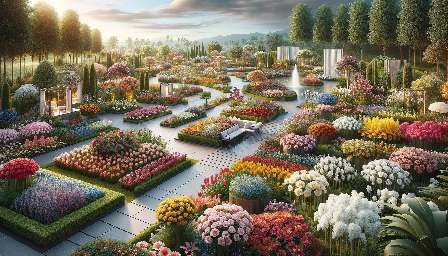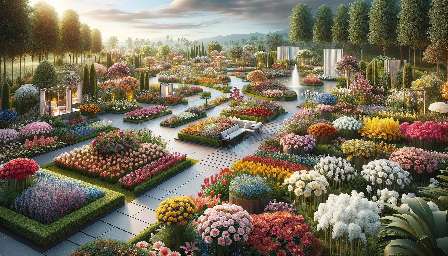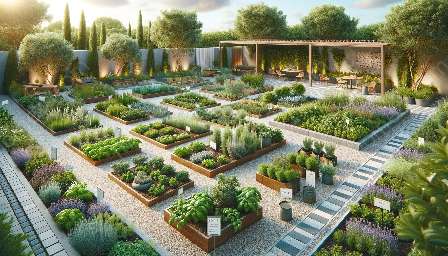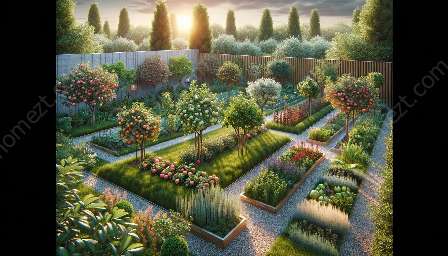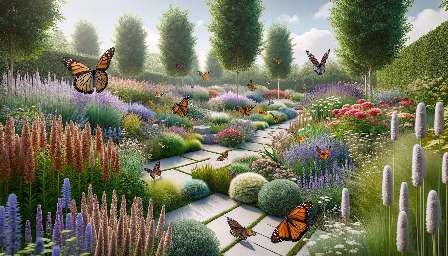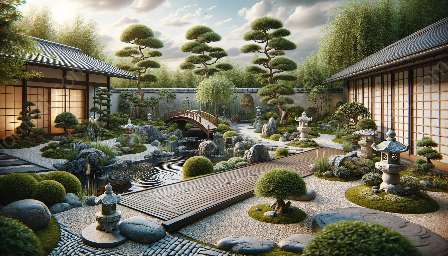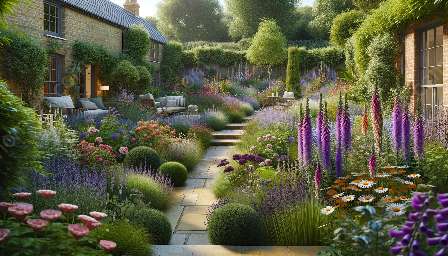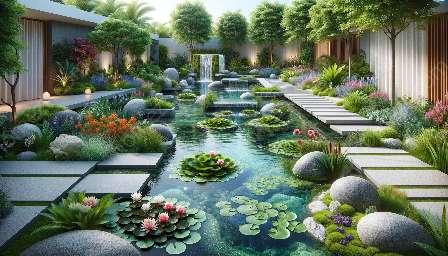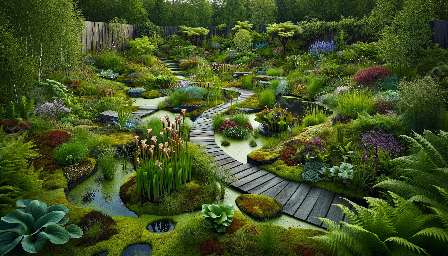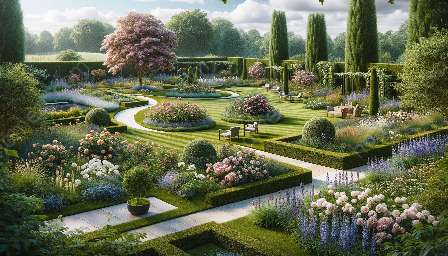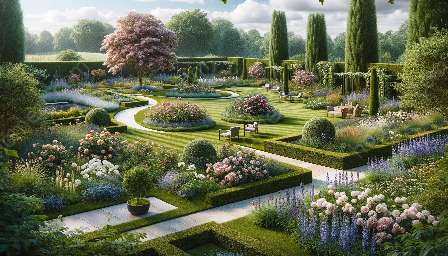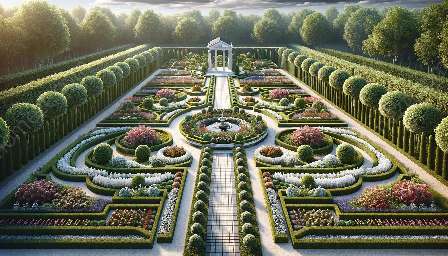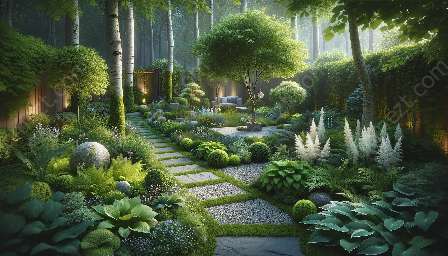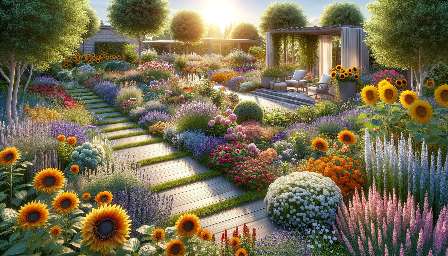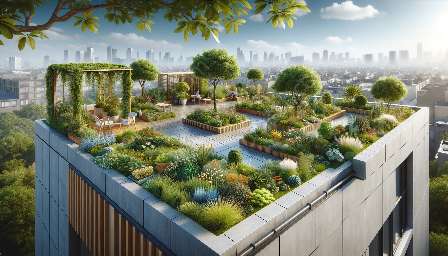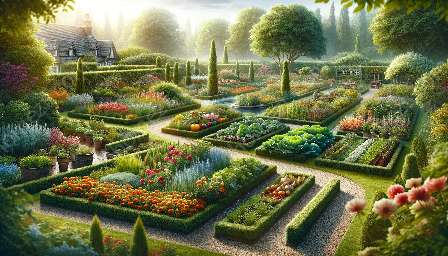If you want to infuse your garden with a touch of wild natural beauty, consider adding a bog garden to your outdoor space. With unique plant species and rich biodiversity, bog gardens offer a fascinating and environmentally beneficial addition to various garden types, including flower gardens, vegetable gardens, and herb gardens. Let's delve into the wonderful world of bog gardens and discover how they can complement your overall garden landscape.
Understanding Bog Gardens
Bog gardens, also known as wetland gardens or water gardens, are designed to mimic the characteristics of natural bog ecosystems. Bogs are wetland areas that are characterized by acidic and nutrient-poor soil and support a distinct array of flora and fauna. By replicating these conditions, bog gardens create a habitat that is ideal for sustaining unique and diverse plant life.
Complementing Garden Types
Bog gardens can be seamlessly integrated into various garden types to add an element of intrigue and natural charm. In a flower garden, the addition of bog plants such as pitcher plants, sundews, and orchids can introduce striking textures and colors, creating a visually captivating display. In a vegetable garden, incorporating a small bog area can improve water retention and provide a habitat for beneficial insects and amphibians, contributing to the overall health of the garden. Similarly, in an herb garden, bog plants such as bog rosemary and marsh marigold can provide a stunning contrast while attracting pollinators and beneficial wildlife.
Creating Your Bog Garden
Before establishing a bog garden, it's essential to understand the specific needs of bog plants and the conditions required for a thriving ecosystem. Research the native bog plants in your region and select species that are well-suited to the local climate and soil conditions. Typically, bog gardens require a water source, such as a small pond or bog tub, to maintain the consistently moist environment essential for bog plant growth.
Maintaining Your Bog Garden
Proper maintenance is crucial for the longevity of a bog garden. Regular watering is needed to keep the soil consistently moist, but it's important to avoid water stagnation, which could lead to the development of harmful algae. Additionally, controlling invasive species and periodically replenishing nutrients in the soil are essential tasks for preserving the health and diversity of your bog garden.
By incorporating a bog garden into your outdoor space, you can embrace a piece of natural wilderness and enhance the ecological diversity of your garden. Whether you have a flower garden, vegetable garden, or herb garden, there is always room for the enchanting allure of a well-designed bog garden.

